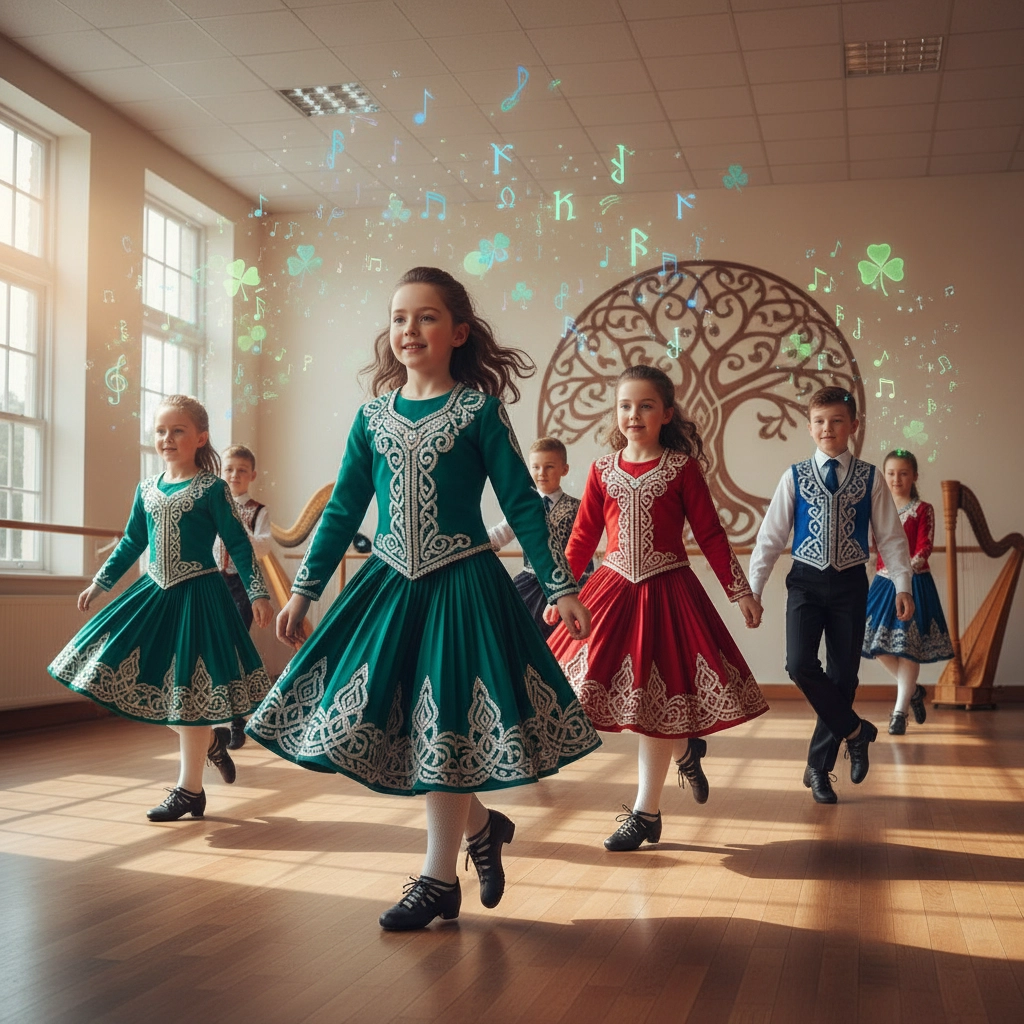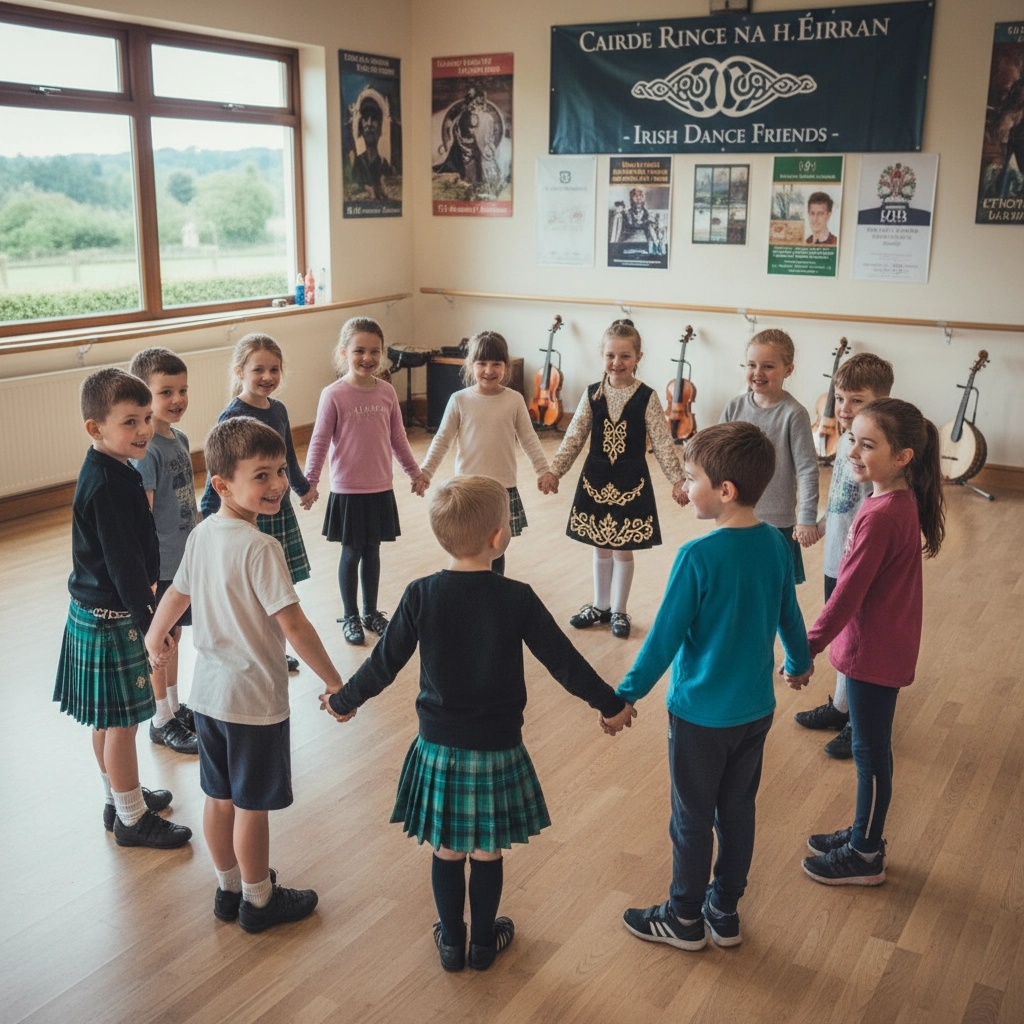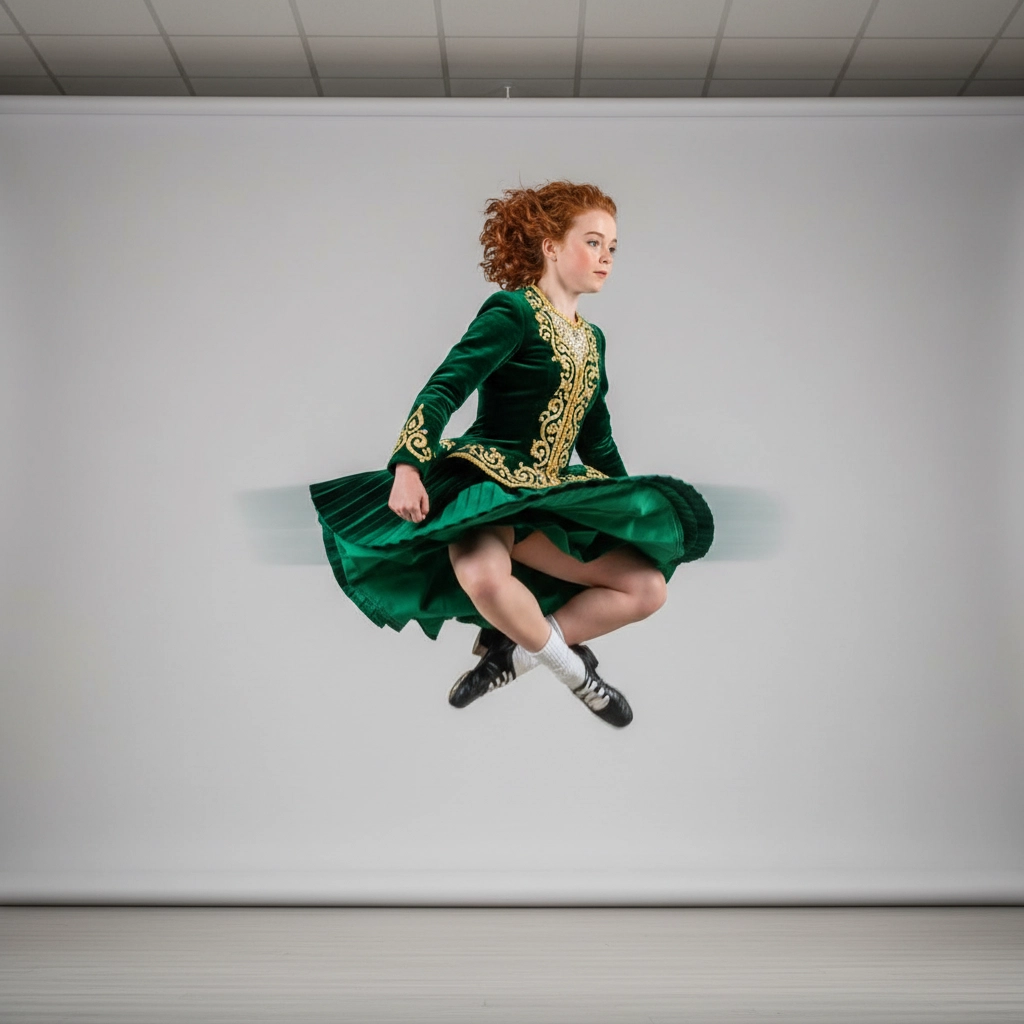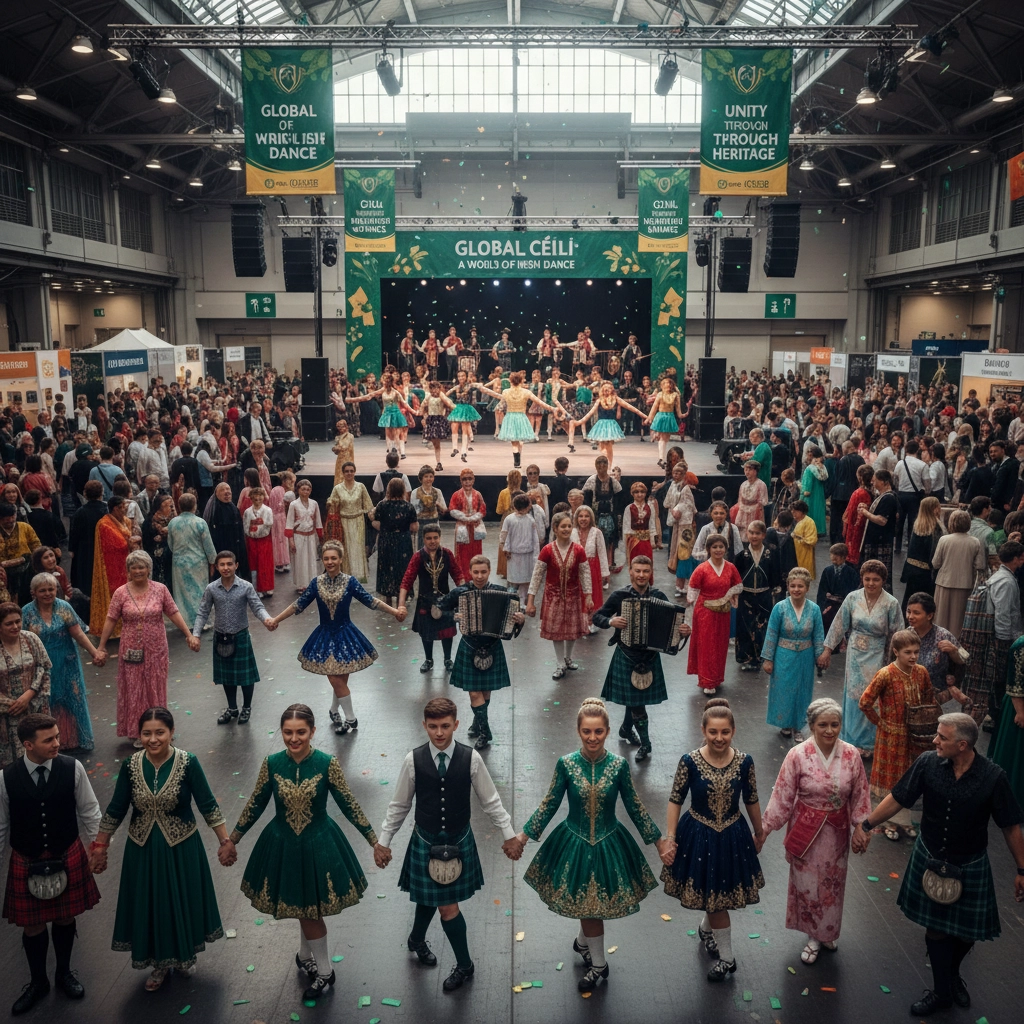There's something truly magical happening in communities across the globe as parents rediscover the mesmerizing appeal of traditional Irish dance for their children. While football pitches and swimming pools have long dominated the after-school landscape, a vibrant cultural renaissance is unfolding in dance studios everywhere, where the thunderous rhythms of hard shoes and the graceful movements of soft shoe dancing are captivating families in ways that conventional sports simply cannot match.
This shift toward traditional dance represents far more than just another activity choice: it's a profound decision to connect children with a rich cultural heritage that has been enchanting audiences for centuries. The question isn't whether Irish dance can compete with other children's activities; it's how this extraordinary art form consistently surpasses them in delivering unparalleled cultural, social, and personal benefits that shape young lives in remarkable ways.
The Cultural Richness That Sets Irish Dance Apart
Irish dance stands as a living testament to centuries of cultural evolution, offering children something that no modern activity can replicate: a direct connection to authentic heritage and tradition. When children step into their first Irish dance class, they're not merely learning steps: they're becoming part of an unbroken chain of cultural expression that stretches back through generations of storytellers, musicians, and dancers.
The mesmerizing complexity of Irish dance culture unfolds through every lesson, from the haunting melodies of traditional music to the intricate patterns of Celtic knots that inspire costume designs. Children discover the fascinating history behind each dance, learning how reels evolved from ancient celebrations and how jigs became the heartbeat of Irish communities worldwide. This cultural immersion provides a depth of learning that conventional sports activities simply cannot offer.

Unlike activities that focus purely on physical achievement, Irish dance weaves together music, history, language, and artistry into a comprehensive cultural education. Children naturally absorb Gaelic terms, understand the significance of traditional celebrations, and develop an appreciation for folk music that extends far beyond the dance studio walls. This cultural literacy becomes a treasured gift that enriches their entire worldview.
Social Benefits That Create Lifelong Bonds
The social dynamics within Irish dance communities create an environment where children flourish in ways that traditional team sports often struggle to match. The collaborative nature of group dances fosters genuine cooperation rather than competition, allowing children of different skill levels to support and encourage one another naturally.
What makes Irish dance particularly remarkable is how it builds inclusive communities where every child has a valued role. From beginners learning their first treble jig to advanced dancers mastering complex hornpipes, each student contributes to the collective energy and spirit of the group. This supportive atmosphere nurtures confidence and self-esteem in ways that highly competitive individual sports rarely achieve.
The age-integrated structure of many Irish dance schools creates unique mentorship opportunities, where older students naturally guide younger ones, developing leadership skills and empathy. These relationships often blossom into lifelong friendships that extend well beyond the dance studio, creating social networks built on shared passion and mutual respect.
Beyond Physical Fitness: The Holistic Development Advantage
While other children's activities might excel in specific areas: soccer for cardiovascular fitness, gymnastics for flexibility, or martial arts for discipline: Irish dance uniquely combines all these benefits within a single, captivating pursuit. The intricate footwork develops exceptional coordination and timing, while the upright posture and arm movements build core strength and elegant bearing.
The cognitive demands of Irish dance surpass those of most other activities, requiring children to process complex rhythmic patterns, memorize intricate choreography, and coordinate multiple body parts simultaneously. This mental engagement strengthens neural pathways in ways that benefit academic performance and problem-solving abilities throughout their lives.

The musical foundation of Irish dance develops auditory processing skills and rhythmic intelligence that enhance mathematical understanding and language acquisition. Children learn to internalize complex time signatures and respond intuitively to musical phrasing, creating cognitive benefits that extend far beyond the realm of dance.
Cultural Identity and Global Citizenship
In our increasingly connected world, children who engage with Irish dance develop a sophisticated understanding of cultural identity and global citizenship that sets them apart from their peers. They learn to appreciate the beauty of tradition while understanding how cultures evolve and adapt across different societies.
This cultural awareness creates children who are comfortable with diversity and excited about exploring different traditions. They understand that every culture has its own rich heritage worth celebrating, making them more empathetic and globally-minded individuals. The international nature of Irish dance competitions and festivals exposes children to dancers from around the world, fostering friendships that transcend geographical boundaries.
The storytelling tradition embedded within Irish dance culture develops emotional intelligence and creative thinking. Children learn that movement can express complex emotions and narratives, developing artistic sensitivity that enhances their ability to communicate and connect with others throughout their lives.
The Community Connection That Modern Activities Often Miss
Traditional Irish dance creates multigenerational communities that welcome entire families, creating social connections that extend far beyond childhood participation. Parents find themselves drawn into the vibrant culture, attending performances, volunteering at competitions, and forming lasting friendships with other dance families.

These communities celebrate achievements differently than conventional sports, focusing on artistic growth, cultural understanding, and personal expression rather than purely competitive outcomes. Children learn to appreciate their own progress and support others' journeys, developing internal motivation and genuine joy in their artistic development.
The festival and competition circuit creates opportunities for families to travel together, exploring new places while sharing their passion for Irish culture. These experiences create treasured family memories and expose children to diverse communities united by their love for traditional dance.
Developing Performers and Confident Individuals
The performance opportunities inherent in Irish dance build confidence and stage presence that benefits children throughout their lives. Regular opportunities to perform for appreciative audiences develop public speaking skills, poise, and the ability to remain calm under pressure: abilities that serve them well in academic presentations, job interviews, and leadership roles.
The artistic nature of Irish dance encourages creative expression and personal interpretation within traditional frameworks, teaching children to honor heritage while developing their own unique style. This balance between tradition and individual creativity nurtures innovative thinking and artistic sensitivity.
The elaborate costumes and formal presentation aspects of Irish dance teach children about attention to detail, proper preparation, and the importance of presenting themselves with pride and professionalism: lessons that translate directly to academic and professional success.
Why Parents Are Making the Traditional Choice
Forward-thinking parents recognize that Irish dance offers their children something increasingly rare in modern society: authentic connection to meaningful tradition combined with comprehensive personal development. They understand that while other activities might develop specific skills, Irish dance nurtures the whole child: physically, intellectually, socially, and culturally.
The longevity of Irish dance participation sets it apart from many childhood activities. While children might outgrow sports teams or lose interest in individual pursuits, the rich culture and evolving challenges of Irish dance continue to engage dancers well into adulthood, creating lifelong passion and community connection.

Parents appreciate the positive role models and mentorship opportunities within Irish dance communities, knowing their children are surrounded by individuals who value tradition, excellence, and mutual support. The emphasis on cultural education and artistic development aligns with family values that prioritize well-rounded education and character development.
The Lasting Impact of Cultural Connection
As we witness this remarkable resurgence of interest in traditional Irish dance, it becomes clear that parents are choosing more than just another extracurricular activity: they're investing in their children's cultural literacy, artistic development, and global awareness. The comprehensive benefits of Irish dance create individuals who are physically capable, culturally aware, socially connected, and artistically inspired.
The vibrant tradition of Irish dance continues to evolve while maintaining its essential character, ensuring that children who engage with this remarkable art form receive both timeless wisdom and contemporary relevance. In a world where authentic cultural experiences are increasingly precious, Irish dance stands as a beacon of meaningful tradition that enriches lives in ways that purely modern activities simply cannot match.
This cultural renaissance reflects a deeper understanding among parents that children need more than just physical activity or competitive achievement: they need connection to something larger than themselves, something beautiful and enduring that will inspire and guide them throughout their lives.

